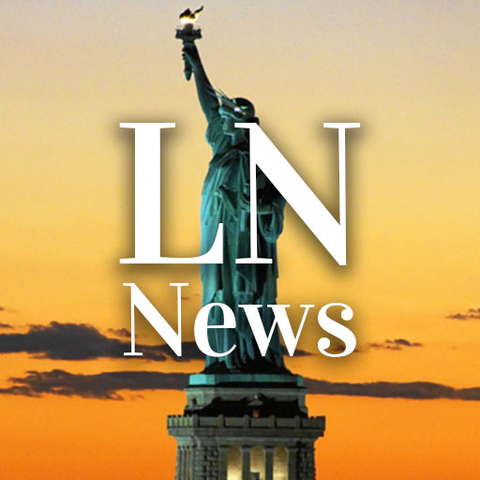



It’s been eight decades since the first atomic bomb was dropped on Hiroshima, Japan. The mushroom-shaped cloud that ascended 30,000 feet over the Japanese industrial city forever changed the concept of warfare. It also had a profound effect on geopolitical relationships and everyday domestic culture. No longer were soldiers primarily held at risk in combat, but whole cities and ultimately entire societies. The nuclear age opened with a ubiquitous and persistent fear of annihilation.
That fear prompted the most recent Israel-Iran 12-day war and the subsequent US destruction of Iran’s atomic weapons development program. Just days ago, the specter of nuclear weapons engagement was inherent in a Russian threat against the United States. However, though the atomic bombs dropped on Hiroshima and Nagasaki on Aug. 6 and Aug. 9, respectively, raised the curtain on the nuclear age, the preparations for the opening act happened six years earlier. A simple letter from Albert Einstein to President Franklin Roosevelt on Aug. 2, 1939, was the genesis of what would become the Manhattan Project and ultimately the first atomic bomb.
Roosevelt read the letter as a call to action and initiated the five-year program to ensure Germany did not develop an atomic bomb first. The war in Europe ended before Germany could reach its goal of producing an atomic weapon. However, the war in the Pacific raged on. As a RealClear History reprint of a BBC article explained, “The atomic bomb radically altered the landscape of warfare and triggered an East-West arms race that continues to shape international relations. With nine nations now in possession of nuclear weapons, much of the jeopardy we feel can be dated back to [Einstein’s] letter.”
The weaponry that emerged from the early Manhattan Project was crude by today’s standards. The atomic bombs dropped on Hiroshima, nicknamed “Little Boy,” and Nagasaki, labeled “Fat Man,” delivered the equivalent of 15,000 tons of TNT and 21,000 tons of TNT, respectively. They relied on nuclear fission, where fissile material reaches a critical mass and undergoes a chain reaction, releasing enormous amounts of energy. As these weapons evolved, thermonuclear, or hydrogen, bombs became the legacy of research in the 1950s. Hydrogen blasts release far greater amounts of energy. For example, the first US test of the weapon resulted in a yield of 10.4 million tons of TNT.
Today’s warheads are smaller in size and can be delivered by intercontinental ballistic missiles, submarine-launched ballistic missiles, or strategic bombers. Additionally, there is a proliferation of nuclear-capable nations. Increased US-Russia and US-China tensions, including regional conflicts, perpetuate atomic risks. Modern arsenals with formidable delivery systems, such as hypersonic warheads, keep the dangers of terrifying conflict real.
As ominous as war in the nuclear age is, what started in 1939 has also yielded a benefit to humanity. Nuclear technology can power a modern industrial country with clean energy, medical applications, and nuclear-powered satellites. Atomic power plants have been used in the United States to drive modern submarines and aircraft carriers safely since the 1950s. Though large nuclear reactors have fallen out of favor over the past few decades, interest has become stronger lately.
Small modular reactors (SMR) hold promise for applications other than naval vessels. President Donald Trump issued an executive order encouraging the development of reduced-sized versions. Liberty Nation News explained, “With the White House’s zeal for SMRs and microreactors, the United States can anticipate a resurgence in nuclear power for both small- and medium-sized applications.” Trump has ordered that cumbersome regulations and time-consuming bureaucratic regulations be cleared so that the potential of the technology can be realized.
Since the nuclear age was born in 1945, the impact on everyday life has been manifest. The palpable threat of nuclear war had a profound effect on people’s thinking. During the early 1960s, the Cuban Missile Crisis brought the potential of nuclear war into Americans’ living rooms through the nightly TV news. The viewing audience followed day by day as Russian intermediate-range missiles were positioned and then removed from Cuba after lengthy negotiations. The Bulletin of the Atomic Scientists developed the “Doomsday Clock,” set at 90 seconds to midnight in 2025, to symbolize how close geopolitical events have brought the world to the unthinkable. Underpinning any hope for the future is a shared view of vulnerability that can be assuaged only by confidence in US leadership to keep the world safe.
Americans have lived 80 years with the fears of the nuclear age while benefiting from the advantages of atomic technology. The nuclear epoch is now, and so far, despite scary moments, Armageddon has been avoided. On Aug. 6, the world remembers how it started.
~
The views expressed are those of the author and not of any other affiliate.
